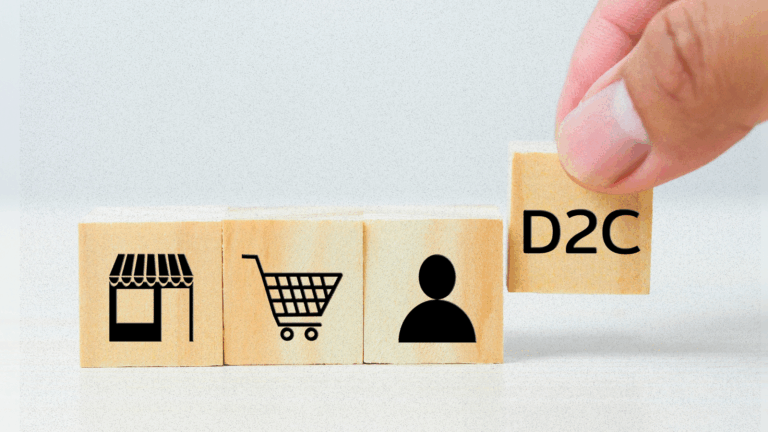When it comes to paid advertising platforms, Google Ads and Meta Ads (Facebook and Instagram) dominate the conversation and the budgets. But deciding where to invest your ad dollars isn’t always straightforward. Each platform plays a different role in the customer journey, and depending on your business goals, one might deliver stronger results than the other.
Let’s break down the key differences between the two so you can choose the right strategy or know when it makes sense to run both.
What Are Google Ads and Meta Ads?
Google Ads Overview
Google Ads puts your business in front of users actively searching for what you offer. Ads appear on Google Search, the Display Network, and YouTube.This platform helps you reach people right when they’re searching for something they need.
- Search Ads target specific keywords and show up at the top of Google results.
- Display Ads appear on partner websites to build awareness.
- YouTube Ads let you share short videos to help people remember your brand or learn about your latest offers.
Google Ads works especially well when people already know what they’re looking for and are ready to take action. Think “emergency plumber near me” or “best accounting software for freelancers.”
Meta Ads Overview
Meta Ads run across Facebook and Instagram, tapping into the platforms’ detailed user data to reach people based on interests, behaviors, and demographics.
These ads don’t wait for someone to search. Instead, they’re designed to grab attention during scroll time. You can create highly visual, interactive ads that feel like a natural part of the feed. This is ideal for storytelling and brand discovery.
- Use carousel ads, Reels, stories, and collection formats to engage users.
- Using Meta Ads targeting allows you to segment by age, location, interests, behaviors, and even life events.
Key Differences Between Google Ads and Meta Ads
Search Intent vs. Social Discovery
Google Ads meets people who already know what they want. Meta Ads puts your offer in front of people who didn’t know they needed it yet.
Go with Google Ads when you want to reach people who are ready to make a decision or buy. Use Meta when you’re introducing your brand or building trust over time.
Targeting and Audience Capabilities
Meta Ads make it easy to zero in on the exact kind of people you want to reach. You can target folks based on what they’re into, what they do online, where they live, and even big life moments like moving or getting married. Want to reach more people like your best customers? No problem. You can also reconnect with visitors who’ve already checked out your site or show ads to people who tend to shop a lot or use certain types of devices.
Google Ads works a little differently. It focuses on what people are actively searching for and what kind of content they’re browsing. It’s all about showing up when someone’s already looking for something you offer. Both platforms let you follow up with past visitors, but Meta gives you a wider range of tools to reach people based on their everyday habits, interests, and routines.
Ad Formats and Creative Assets
Meta Ads rely on visual storytelling. Images, videos, and image carousels match the user experience of Instagram and Facebook. If your product or service benefits from being seen, like fashion, home decor, or wellness, Meta gives you room to be creative.
Google Ads are more utility-driven. Text-based search ads, banners, and the ads that play before your favorite YouTube video tend to be more direct and conversion-focused.
User Mindset and Platform Behavior
Users on Google are hunting. They’re actively trying to solve a problem. On Meta, they’re scrolling to relax or connect. Your ad needs to match that mindset. Intrusive or overly aggressive ads don’t do well on Meta, but highly visual or emotionally compelling ads can perform better than you’d expect.
Cost Comparison
Average CPC and CPM
- Google Ads typically charge on a cost-per-click (CPC) model. Search CPCs vary widely by industry but often fall in the $1–$5 range. Costs can be much higher in competitive sectors like legal or finance.
- Meta Ads often run on a cost-per-thousand-impressions (CPM) model. These are generally lower cost, especially for brand awareness campaigns, but engagement and conversion costs can add up if targeting isn’t tight.
Budget Flexibility
Both platforms allow for small daily budgets and offer full control over spend. However, Meta often offers more reach for lower budgets, while Google tends to deliver more predictable intent-based traffic.
Cost Per Lead or Acquisition by Industry
This varies. B2B and service-based businesses often see better ROI from Google Ads. Consumer brands and visual products typically get better cost-per-acquisition on Meta, especially when paired with solid retargeting.
When to Use Google Ads
If people are already searching for what you offer, Google Ads is probably the smart move.
- Works well for local businesses, B2B companies, and lead generation
- Helps you reach people who are ready to take action
- Great for industries where search intent is high and competition is tight
- Ideal when you want results fast and need to capture demand while it’s hot
Want to see how it could work for you? Explore our Google Ads Management services.
When to Use Meta Ads
If your business is visually driven or thrives on impulse purchases, Meta Ads can help you get in front of the right people at the right time.
- Ideal for consumer-focused products, ecommerce, and brand awareness campaigns
- Highly effective for retargeting, especially if you’re already getting traffic from organic or paid sources
- Best for industries where visual storytelling makes an impact
Learn more about our Meta Ads Strategy.
Using Both Platforms Together
Paid social vs. paid search doesn’t have to be an either or situation. In fact, using both can lead to better performance overall.
Here’s why an omnichannel approach works:
- Meta builds awareness and drives traffic
- Google captures those same users when they’re ready to act
- Retargeting across both platforms creates multiple touchpoints, increasing the chance of conversion
Want to see how it works in the real world? Check out our case studies featuring paid media wins.
Choosing the Right Platform
There’s no universal answer to “which ads platform is best?” It comes down to your business goals, your audience, and where your customers are in their buying journey.
- Choose Google Ads if you’re targeting users actively searching for a solution
- Choose Meta Ads if you’re looking to build awareness or reach people based on lifestyle and behavior
- Choose both if you want to create a full-funnel, omnichannel experience that converts on all fronts
If you’re still unsure which direction to go or want help running high-performing campaigns, talk with our paid advertising specialists. Our team can guide you toward a strategy that works for your business, your goals, and your budget.




